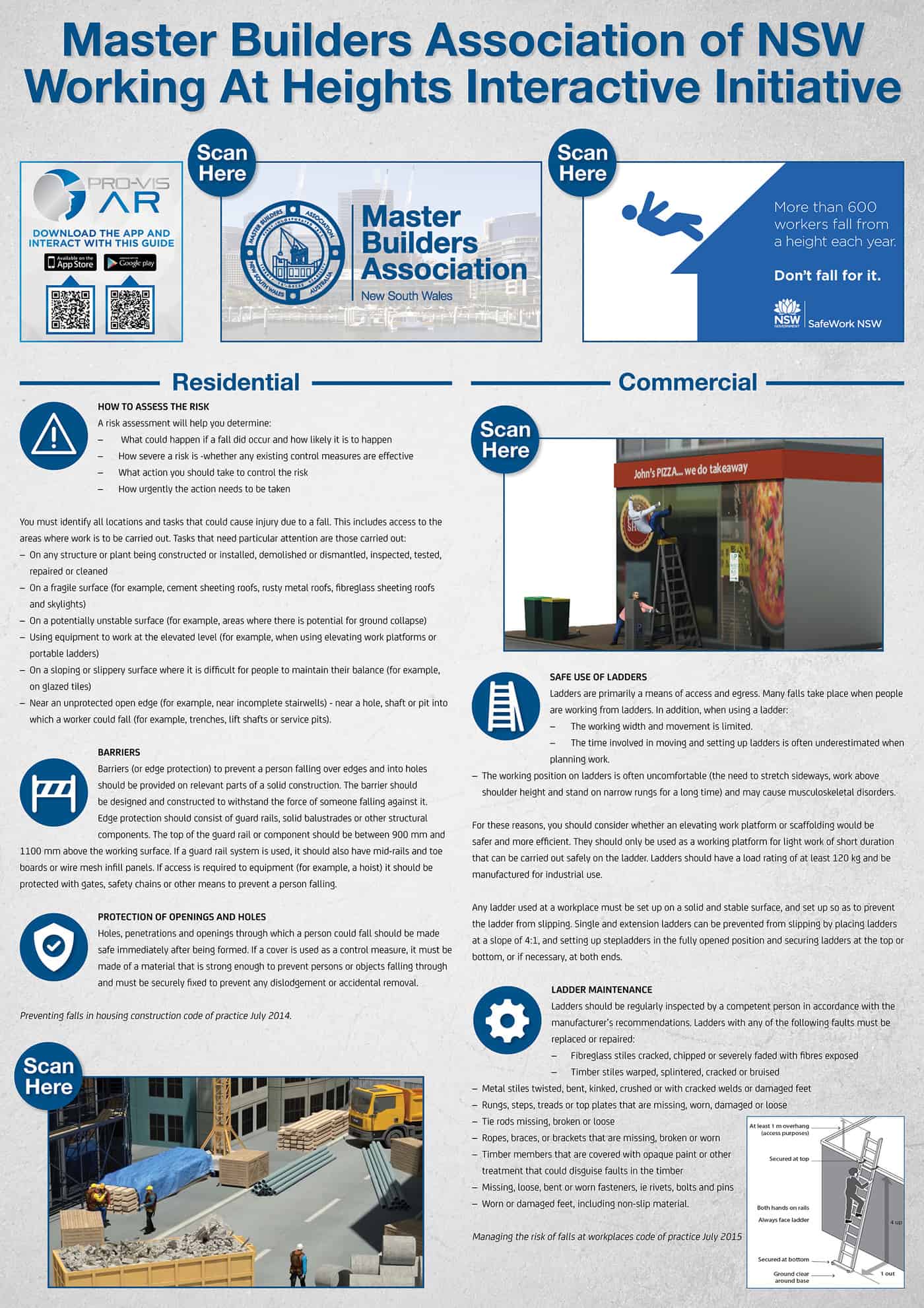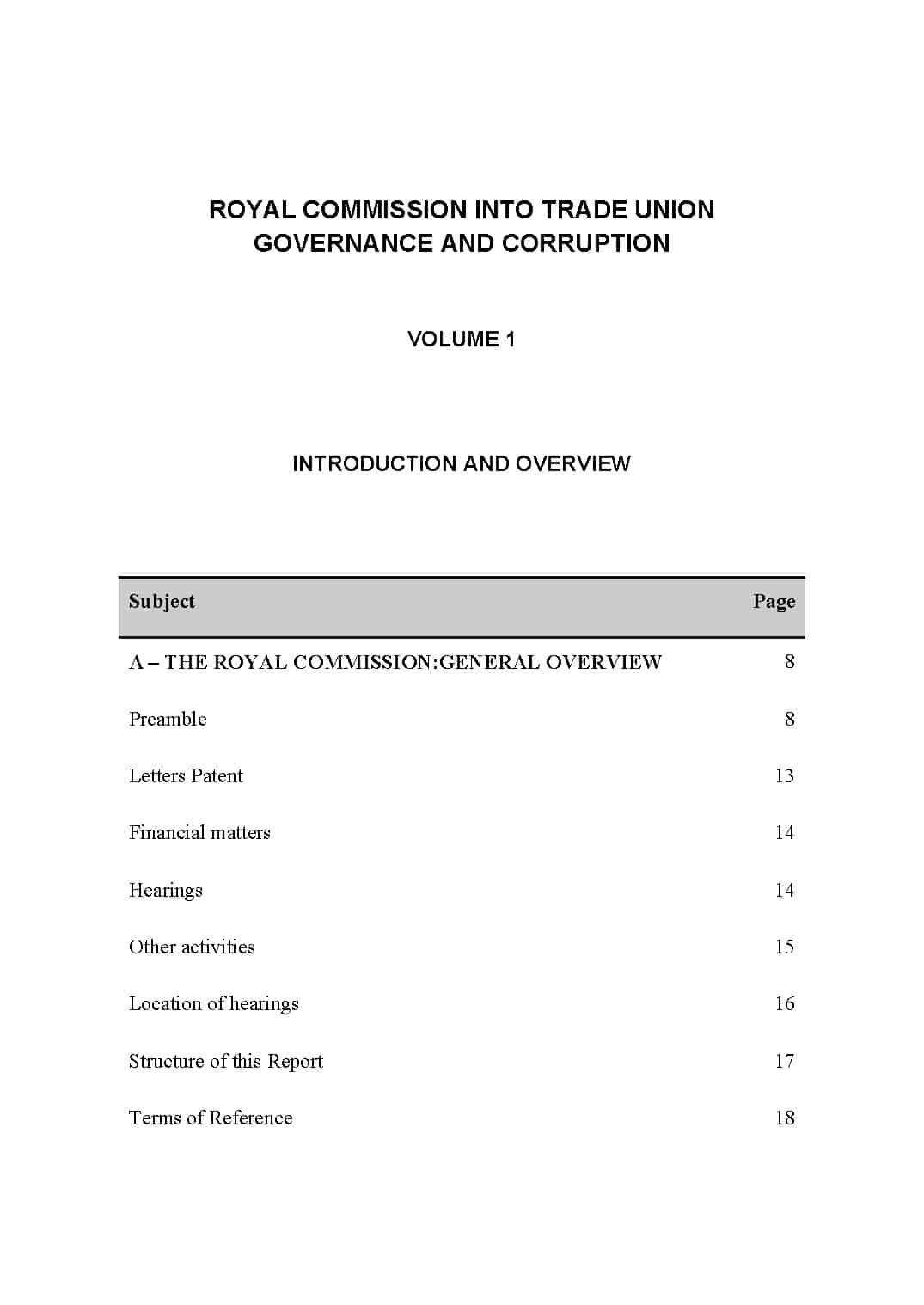Australia’s Prime Minister Malcolm Turnbull is on a pathway to an election. On March 21 2016, the Prime Minister wrote to the Governor-General to continue a convoluted process sparked by the Senate’s refusal to pass laws that will allow the reintroduction of the Australian Building and Construction Commission (ABCC). One of the justifications for the need to pass the laws is to improve workplace safety, as in the excerpt below for the Prime Minsiter’s letter. This position is unjustified.
Continue reading “Australia’s ABCC argument is not about safety”


 On February 2016, the
On February 2016, the  In
In 